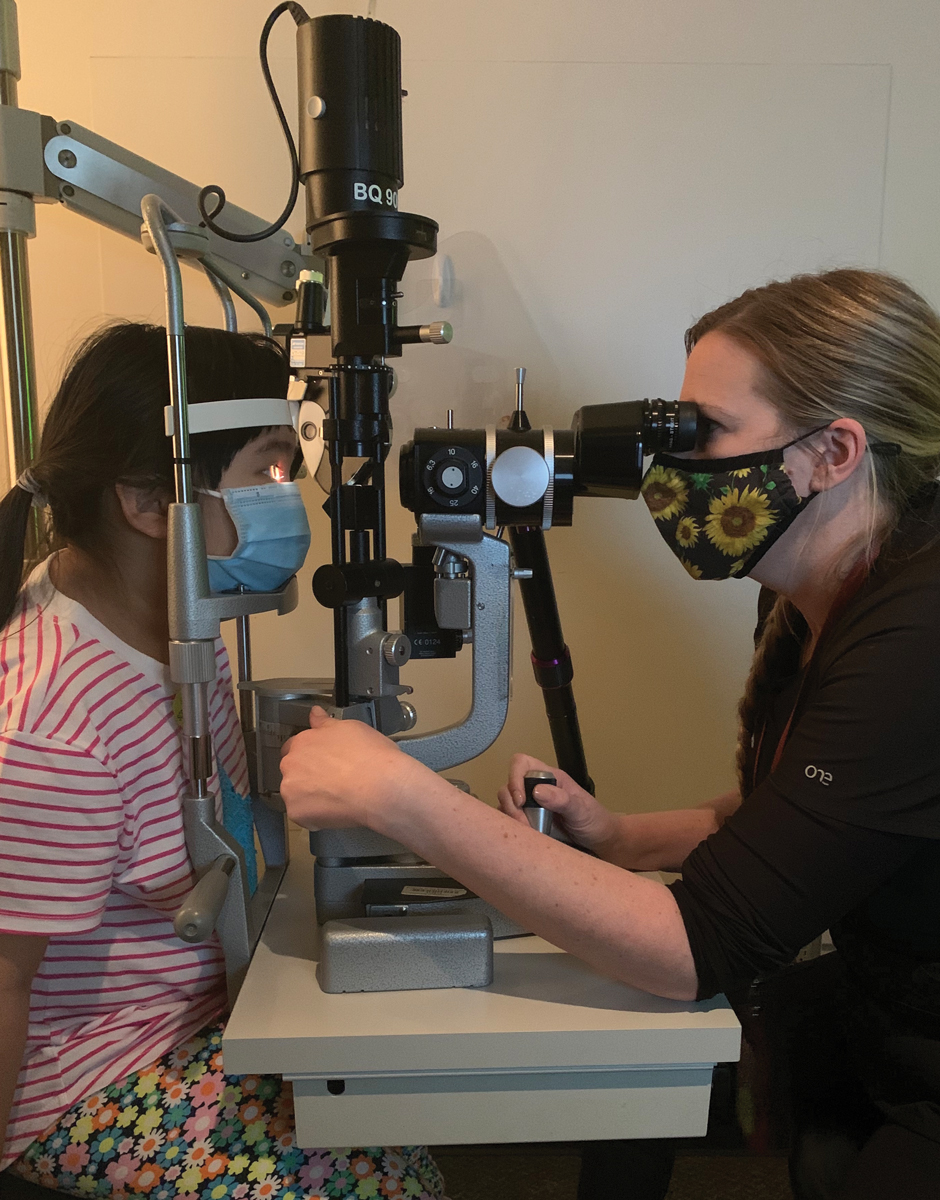 |
Asia, which has higher levels of myopia, accordingly saw the most concern from practitioners regarding increased pediatric disease. Photo: Maria Walker, OD. Click image to enlarge. |
Presented Sunday afternoon at the Myopia Epidemiology and Treatment session at ARVO 2023 in New Orleans, a new study outlined how the adoption of various clinical interventions varies across continents and countries. The researchers performed a survey of 3,195 eyecare practitioners worldwide looking at current prescribing habits for myopia control and how they differ by region. This is the third survey done on the topic to date, with others conducted in 2015 and 2019. As such, changes in attitudes and practices associated with myopia control can be tracked over time.
A self-administered online questionnaire was distributed, which asked about topics such as myopia prevalence awareness, perceived efficacy of different treatments and adoption of available strategies.
The researchers found that concerns practitioners had about the increasing frequency of pediatric myopia seen in their practice differed based on continent. Understandably, the greatest concern seen with increasing pediatric myopia was in Asia, where prevalence rates are highest.
Combination therapy—use of either myopia control contact lenses or orthokeratology plus atropine—was perceived as the most effective option to pursue, followed by ortho-K and pharmaceutical agents solo.
“Practitioners rightly rated multifocals repurposed from presbyopic correction as less effective than specific myopia control contact lenses; the latter are considered as effective as other specific myopia control treatments,” says study researcher Dr. James S. W. Wolffsohn.
Perceived as least effective were single-vision distance undercorrection, single-vision spectacles, single-vision contact lenses and bifocal spectacles.
Activity in myopia control was rated lowest in South America and highest in Australasia and Asia. Progressive myopia in children was noted to be most commonly managed with single-vision spectacle prescription (32.2%)—simple refractive correction without an attempt to mitigate progression. Fortunately, the prevalence of single-vision spectacles has decreased since 2019, as myopia control spectacles (15.2%), contact lenses (8.7%) and combination therapy (4%) have all grown in popularity. Undercorrection used as a form of myopia control varies across continents but is trending toward steady decline, according to the abstract. Combination therapy, despite being perceived as most effective, is still not practiced by many clinicians.
On the horizon are myopia control spectacle lenses, which were introduced since the last survey went out and are receiving “a strong uptake for young progressing myopes,” notes Dr. Wolffsohn.
Overall, myopia management is on the rise and being practiced by more and more practitioners worldwide. Reasons for adoption included practitioners’ responses of enhancing patient loyalty, increasing practice revenue and improving their satisfaction with their job. Concern about pediatric myopia and control strategies remains high, with product availability and cost still an issue when looking to adopt these practices to a wider degree, Dr. Wolffsohn notes.
Original abstract content © Association for Research in Vision and Ophthalmology 2023.
Whayeb Y, Wolffsohn JSW, Logan NS. Global trends in myopia management attitudes and strategies in clinical practice—2022 update. ARVO 2023 annual meeting. |


